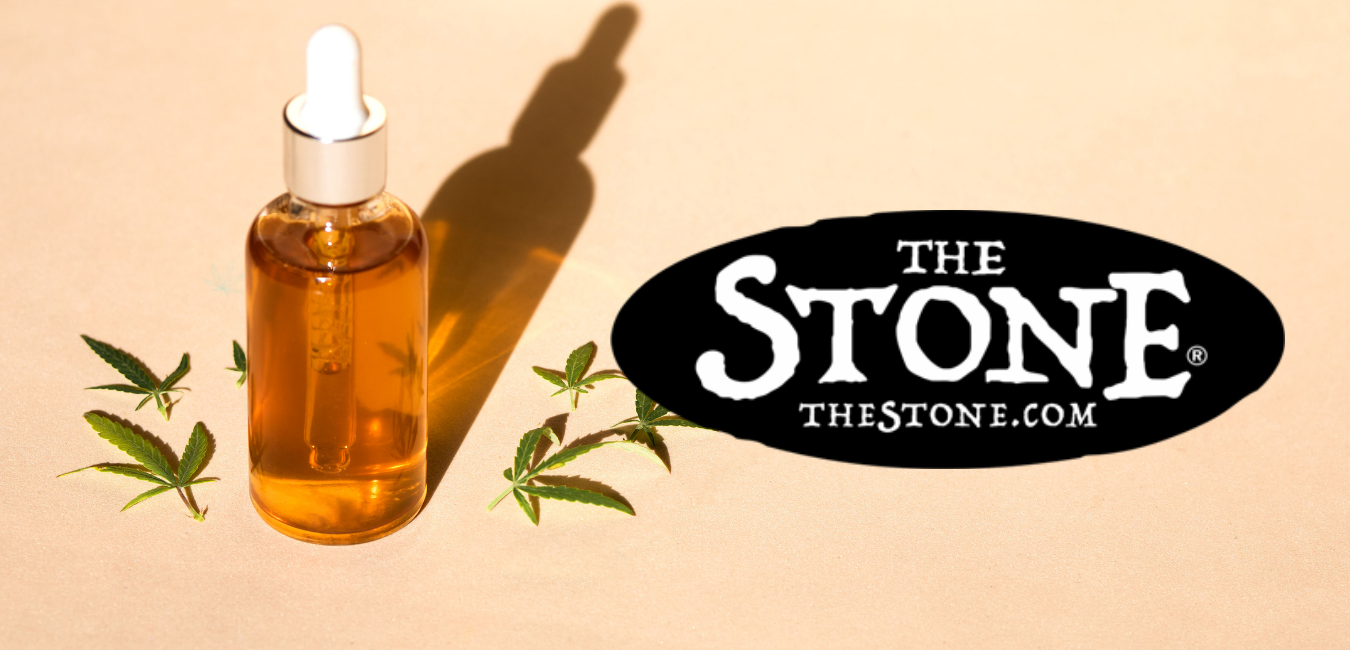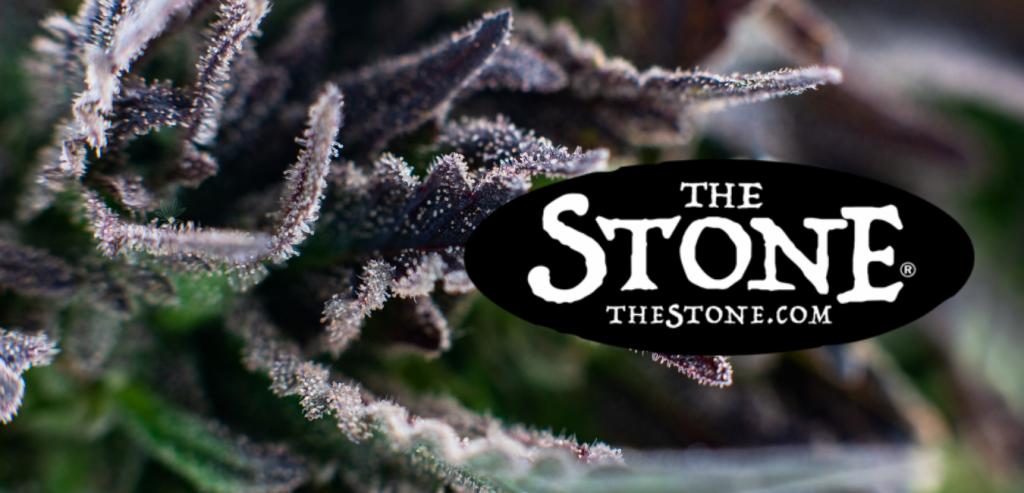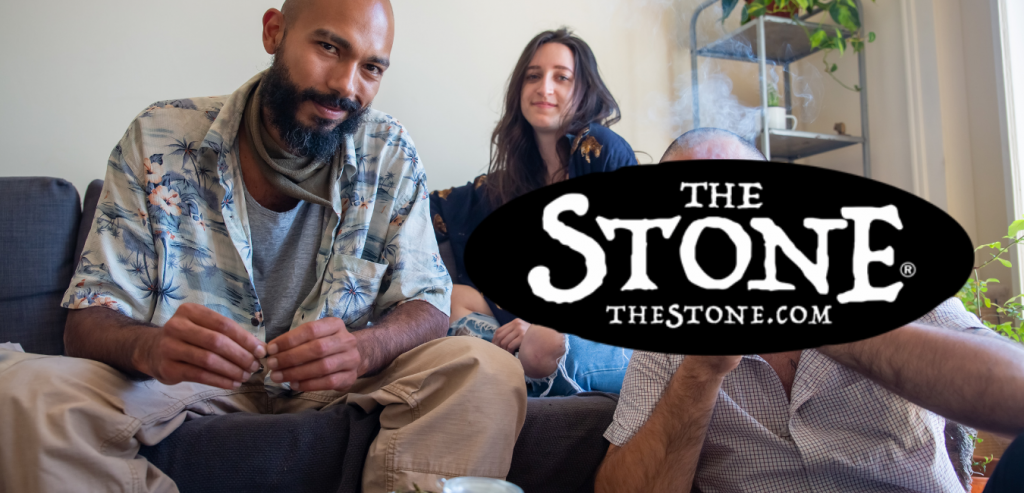
This website is for users aged 21 and over. Please confirm your age.

Weed has been used for thousands of years. How does THC work?
Evidence suggests that it was cultivated into food or drink as early as 6000 BC. But it wasn’t until 1964 that cannabis’ reputation would finally be tarnished. CBD (Cannabidiol) is the non-psychoactive chemical compound found in hemp and cannabis. It was classified as a schedule one drug under the United States Controlled Substance Act. Marijuana has since become synonymous with its psychoactive ingredients

THC, tetrahydrocannabinol, produces what’s referred to as a “high.”
But how does THC work in the body?
Cannabis Class: How Does THC Work in the Body
The answer is simple. It mimics the effects of your body’s naturally occurring endocannabinoid anandamide, otherwise referred to as “the bliss molecule.”
It’s one of more than 480 natural compounds found in the cannabis plant. It bonds with cannabinoid receptors in your brain and places you in a state of mild euphoria. Causing you to feel relaxed or “high,” THC also temporarily alters how your brain perceives sight, smell, sound, and touch.
CBD found in marijuana may be useful in treating the side effects of cancer and cancer treatment.
This includes:

Research published by the National Academies Press cautions
that there is “conclusive or substantial evidence” which links cannabis smoke to lung cancer and tumors.
that studies have found weed to be a “remarkable” analgesic. This provides pain relief for patients with chronic pain, neuropathic pain, and even rheumatoid arthritis.
“…the available literature on the effect of cannabinoids in models of chronic inflammatory and neuropathic pain indicates that they can suppress hyperalgesia (heightened sensitivity to pain) and allodynia (pain resulting from normally non-painful stimuli),” the research team, led by a team of academics from the University of Perugia in Italy
“…Collectively, these studies support a consideration of cannabinoids as novel therapeutic agents for the treatment of chronic neuropathic pain and other forms of chronic pain where present treatments are inadequate.”

prescription drugs were responsible for killing approximately 19,000 people in 2014.
Meanwhile, data compiled by research firm IMS Health suggests that more than 16 million Americans abuse opioid medications like:
The National Institutes of Health published a study in 2014. It found that an estimated 4 million people in the United States had used prescription drugs for non-medical purposes at least once during their lifetime.
clinical studies have shown that THC can reduce tumor size in cancer patients.
Cannabis Class: How Does THC Work in the Body
According to the National Institutes of Health’s National Cancer Institute, numerous cell-culture and animal studies have demonstrated that cannabinoids may inhibit tumor growth by causing cell death, blocking cell growth, and blocking the development of blood vessels needed by tumors to grow.

“Cannabinoids appear to kill tumor cells but do not affect their non-transformed counterparts and may even protect them from cell death.”
“In the practice of integrative oncology, the therapeutic potential of cannabinoid-based compounds is being explored for a variety of malignancies.”
How THC works on the body has led it to its consistent use in many ways.
This includes cancer treatment to alleviate pain and nausea, reduce inflammation, and promote weight gain in people with AIDS.
It’s also an effective painkiller that can kill cancer cells without harming healthy ones.
Keep reading for more information on the research about Cannabis Class: how THC works in the Body
Are you planning on using weed for the first time? Or, are you a veteran smoker looking for some new tips and tricks to add to your repertoire? Either way, this article is here to help.
In this guide to using THC, we’ll cover a few essential points that will help even the most experienced smokers have an enjoyable experience. So, let’s get to it!
First things first, do you need to pick up some weed? If yes, then it’s time to find yourself a Denver Dispensary. Once there, feel free to ask the budtender any questions you have. They’re knowledgeable and friendly – more often than not, they’ll be happy to lend a helping hand. If you’re in the Denver area, keep in mind that not all dispensaries are equal. Some have lousy service, while others refuse to let customers smell the buds before purchase – so be sure to check them out before you decide where to buy your weed from!
If you already have some THC on hand, it’s best to make sure it’s fresh. Shake weed is generally pretty good, but there’s no guarantee that you’ll have a great experience if it isn’t stored correctly. So, before you smoke – double check your THC!
It should be stored out of direct sunlight and in an air-tight container. If kept somewhere moist or damp, it might go wrong or get moldy – neither of which will be good for you. If it’s not looking so fresh, consider buying something else, or freezing it to keep it fresh until your next purchase.
When breaking up your THC, try avoiding grinders. They tend to break the weed into pieces that are too big, which can clog up your bowl and decrease the overall quality of your smoke.
If you have any leftovers, they can be stored in a freezer for up to a year!
Now that your THC is fresh let’s get into the best way to use it. If possible, try heating it with a flame – be that from a lighter or butane-based vape. If you’re using a pipe or bong, try not to touch the weed with metal – it can cause some nasty-tasting chemicals to form.
One of the best ways to use THC is in a bubbler or water pipe, so if you have one at home, this would be our top preference.
As for the ratio of THC to smoke, a good rule is 1 gram of high-quality weed for every ½ ounce of water. So, if you’re filling a pipe with ⅓ of an ounce – feel free to use more or less depending on your preference.
If you want some advice on how much THC is suitable for you, start with a small taste of your THC, then wait an hour. If you don’t feel anything after that time, try smoking more – but if it’s too much, remember that there are edible options out there.
On the other hand, if you’re feeling pretty good already – stick to your guns and see how much THC you can handle!
So, now you know how to pick up some great weed and use it in a variety of different ways. We hope this guide will help ensure that your next experience with THC leaves you happier than ever!
We warmly welcome you to explore our highly acclaimed strains, concentrates, and edibles. Serving recreational clients with pride is our passion.
At our dispensary, you'll find a professional yet inviting atmosphere that prioritizes your comfort and privacy. Feel free to stop by at your earliest convenience to experience it for yourself. We can't wait to serve you!


